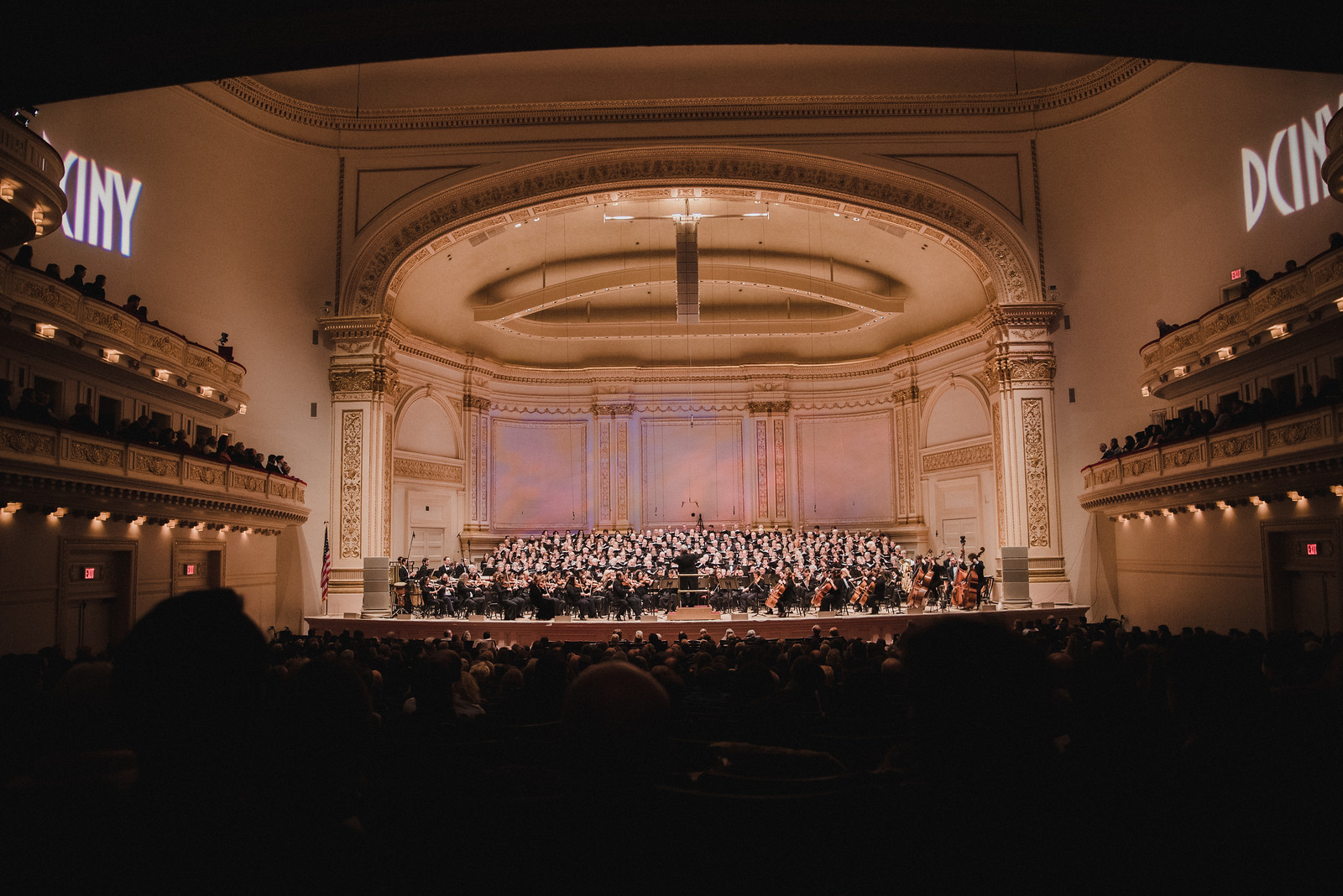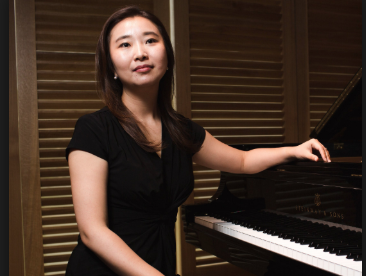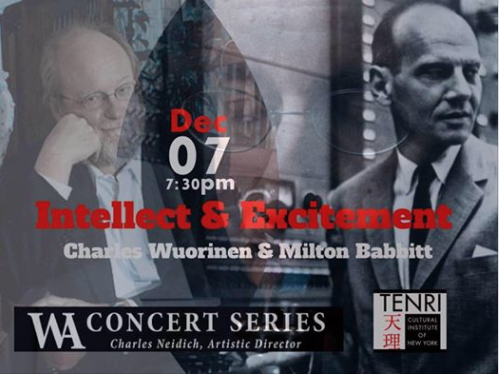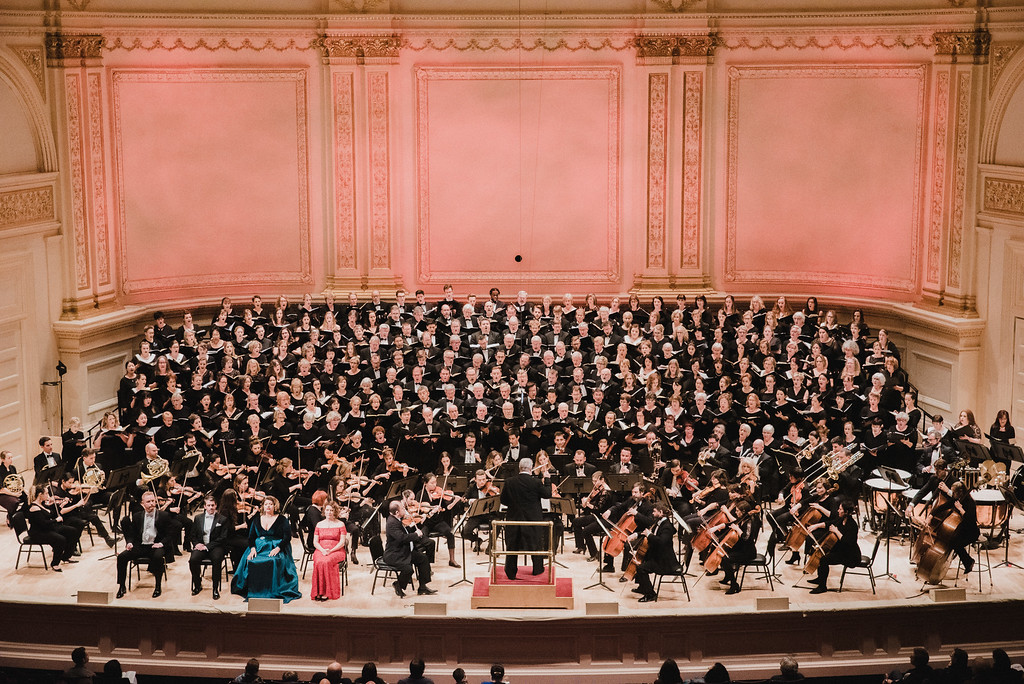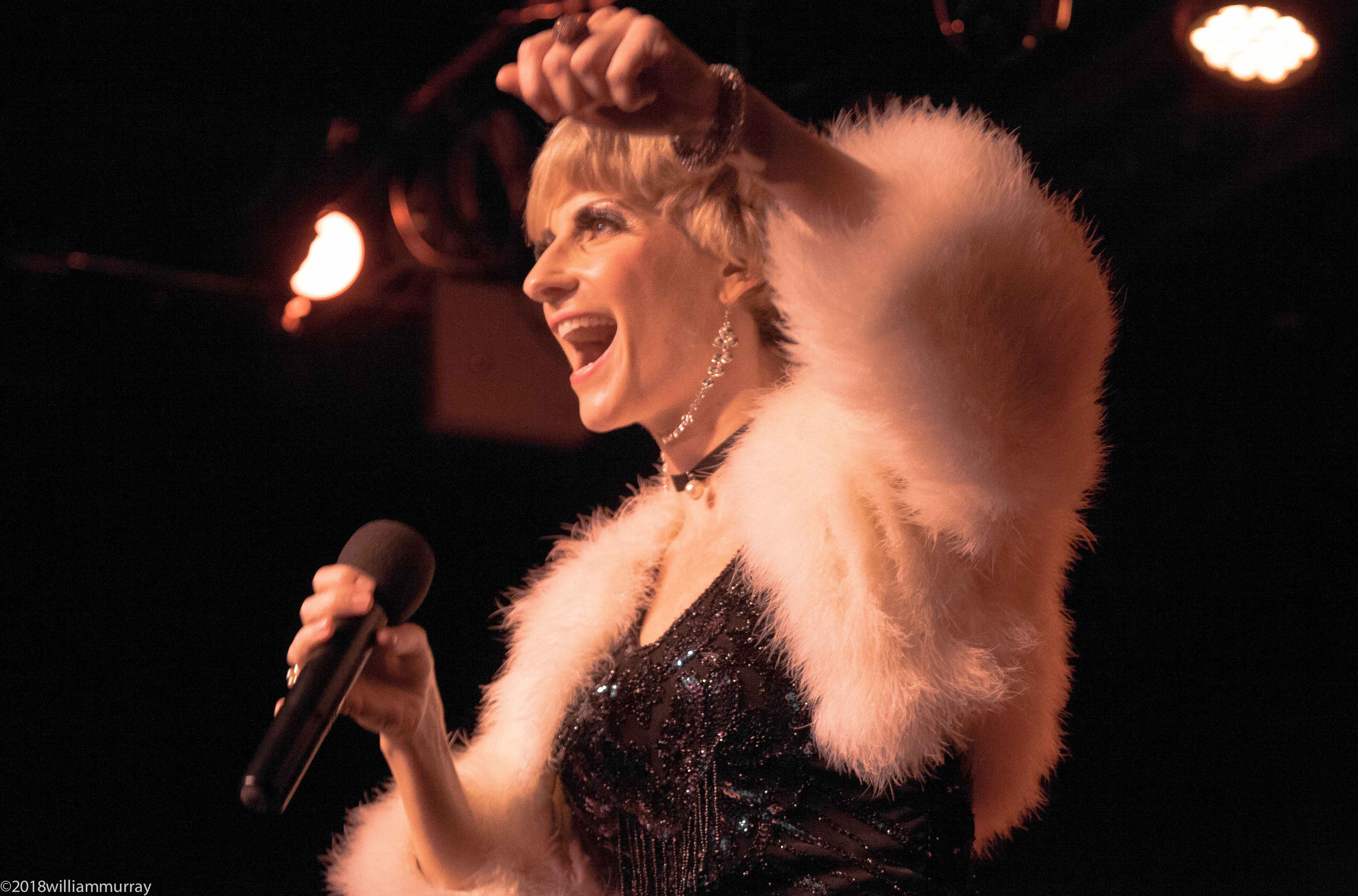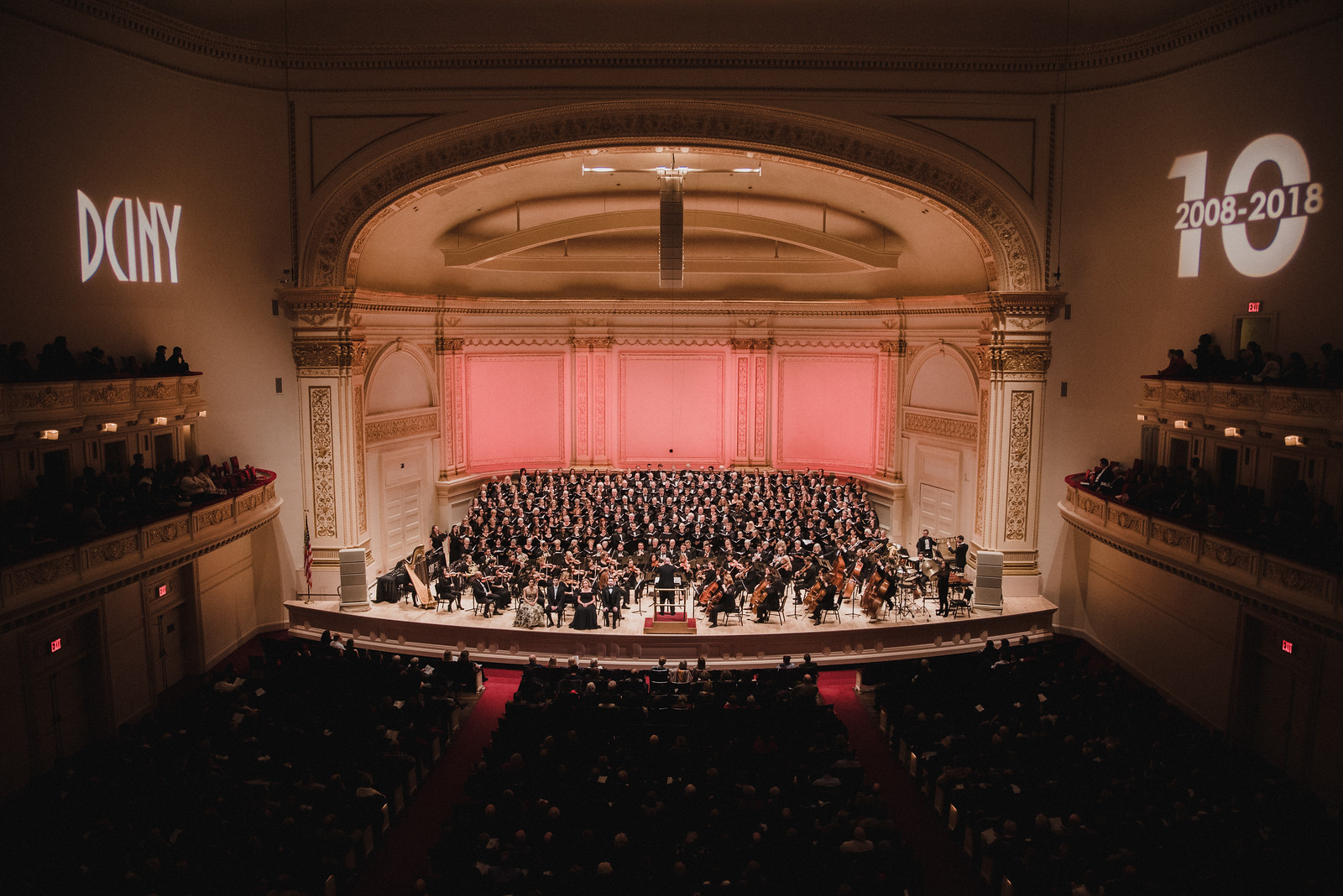Daria Barabanova, pianist
The Gordon K. and Harriet Greenfield Hall, Manhattan School of Music
Sunday, February 3, 2019
It is a brave soul who schedules a recital on Super Bowl Sunday close to start time, but it was heartening to see this weekend that a warm gathering of music-lovers was more interested in piano music – or at least one particular pianist – than in making the opening of the Patriots vs. the Rams! Daria Barabanova was the excellent young performer, playing a program of Bach, Debussy, Schubert, Chopin, and Robert Helps (1928-2001).
Ms. Barabanova opened with Bach’s Partita No. 5 in G Major (BWV 829) and established herself immediately as a polished pianist. She has effortless finger technique and clearly a strong musical intellect. While not in the least demonstrative or visibly emotional, she possesses a lovely stage presence as well. Her Preambulum was precise and authoritative, demonstrating excellent control of articulation and tonal balance. Her Allemande was serene and well-paced, with a thoughtfully organized approach to musical shape that would bring cohesion later to her Sarabande as well.
There was the tiniest glitch in the first part of the Allemande, which one assumed might have been a reason for omitting the first repeat, but as it turned out Ms. Barabanova was to omit all the repeats in the Bach (as well as in the entire recital). This reviewer is not a die-hard devotee of doing all repeats always, but there are movements in the Bach Suites that are so short that they definitely benefit from the additional hearing in order to fully register in a listener’s mind. The Corrente, for example, was over in such a flash that, before one could fully surrender to its dance spirit, the Sarabande, had already established its stately presence. Similar observations could be made in regard to the Passepied, an even shorter movement, which was over in a blink. One thought that the advice about “stopping to smell the roses” might be apt – but then again, depending on the artist and the occasion, momentum can be of higher priority.
It should be added that there are plenty of pianists one hears and wishes they would omit repeats, so noting their absence in this case may be construed as a compliment. Ms. Barabanova’s finger technique is one of such sparkling ease and dexterity that it is a joy to hear. High points were her Tempo di Minuetto, given colorful staccato articulations, and the very demanding final Gigue. The latter can so easily turn into a tangled contrapuntal mess if one’s left hand is not fully equal to the right, but it was exemplary here, with each voice projecting superbly.
Three Hommages followed, by the American composer Robert Helps. Ms. Barabanova is to be commended for including these underappreciated pieces. Of special nostalgic expressiveness is the first one, Hommage à Fauré, a twentieth-century (1972) evocation of Fauré’s almost unbearably beautiful harmonic language. Ms. Barabanova played it with sensitivity and a golden sound. Hommage á Rachmaninoff was interesting as well, though as a composition it is not quite as evocative of its title composer as the first piece is. The final Hommage á Ravel is reminiscent at times more of Messiaen than of Ravel, though the latter’s Le Gibet did come to mind, with its haunting darkness. At any rate, Ms. Barabanova sustained interest through its extended hypnotic course. All three were played with the score. As the composer himself stated, these works can be played individually, and this reviewer would cast an unsolicited vote for the first one to be kept in the repertoire as an individual gem, perhaps memorized for the even greater deepening that memorization usually brings.
Debussy’s three-piece set, Pour le piano, rounded out the first half with energy and sparkle. Again Ms. Barabanova’s approach was rather matter-of-fact, but it seemed to suit the Prélude. She showed a good range of tonal color. This reviewer usually prefers the Sarabande a bit slower, but then it was in keeping with the general sense of forward propulsion about the afternoon. The brilliant Toccata finished the set (and the first half) bubbling with youthful spirit.
One had an inkling from the first half’s performances that Franz Schubert’s Sonata in A major, D. 664 would be a good choice for such an unfussy interpreter, and it proved to be so. This work (also known as “the little A major” to distinguish it from the larger one in the same key – and seeming extra “little” with the omission of repeats) is known for its melodic directness and simplicity, and these qualities emerged with admirable clarity. This is not to suggest even remotely that the piece is simple to play; in fact, quite to the contrary, a pianist must be able to transcend its challenges and let it sing without overcomplicating it, and that is what Ms. Barabanova achieved. With seamless technique and a respect for each line, she let the composer’s voice shine through. She also showed her awareness of significant harmonic changes through sensitive shading – and though her fortissimo sections were big, they were never harsh. Where there was a tiny mishap in the third movement, she handled things with consummate professionalism.
Chopin’s Scherzo No. 4 in E major ,Op. 54 closed the program. This was perhaps the least persuasive of all the works on the program, and it seemed that the pianist’s involvement was slightly on the wane, but through it all one heard some skillful coloring, some ingenious pedaling, and some perfectly pealing runs. (The final upward run needed more force and sweep, in this listener’s opinion, but then again, the piano’s balance of registers may not have been helping matters.) The Op. 54 is in some ways the hardest of the four Scherzi to sustain, with its frequent and capricious shifts of harmony and color. Some pianists plunge into each moment and experience each nuance, which can leave the listener dizzy and fatigued; others emphasize the big picture but lose “local color.” This listener would put Sunday’s performance in the second category, with the loss of detail probably contributing to things going a bit awry towards the end – in the grand scheme of things, though, hardly a blip.
All in all, it was a highly auspicious recital by a young pianist who should have quite a bright future.


